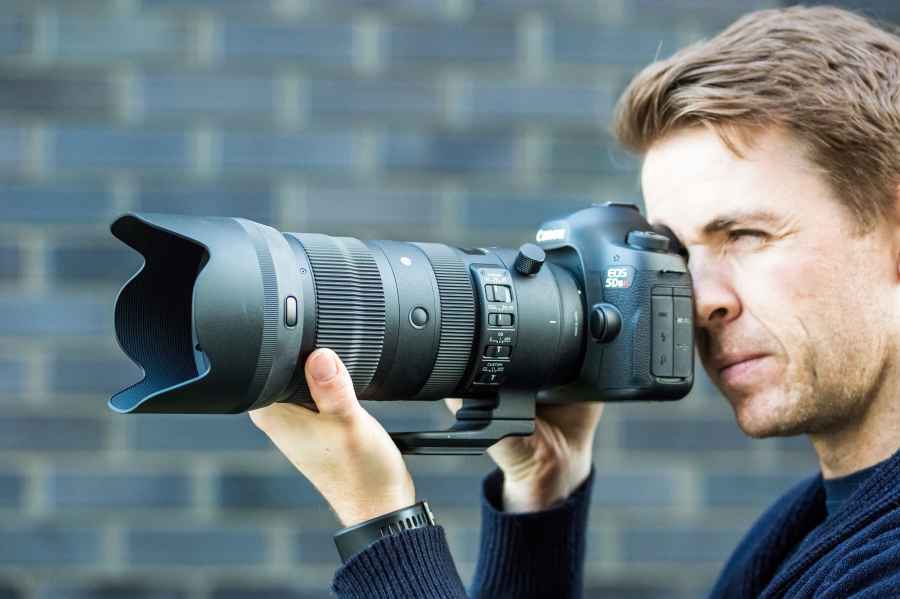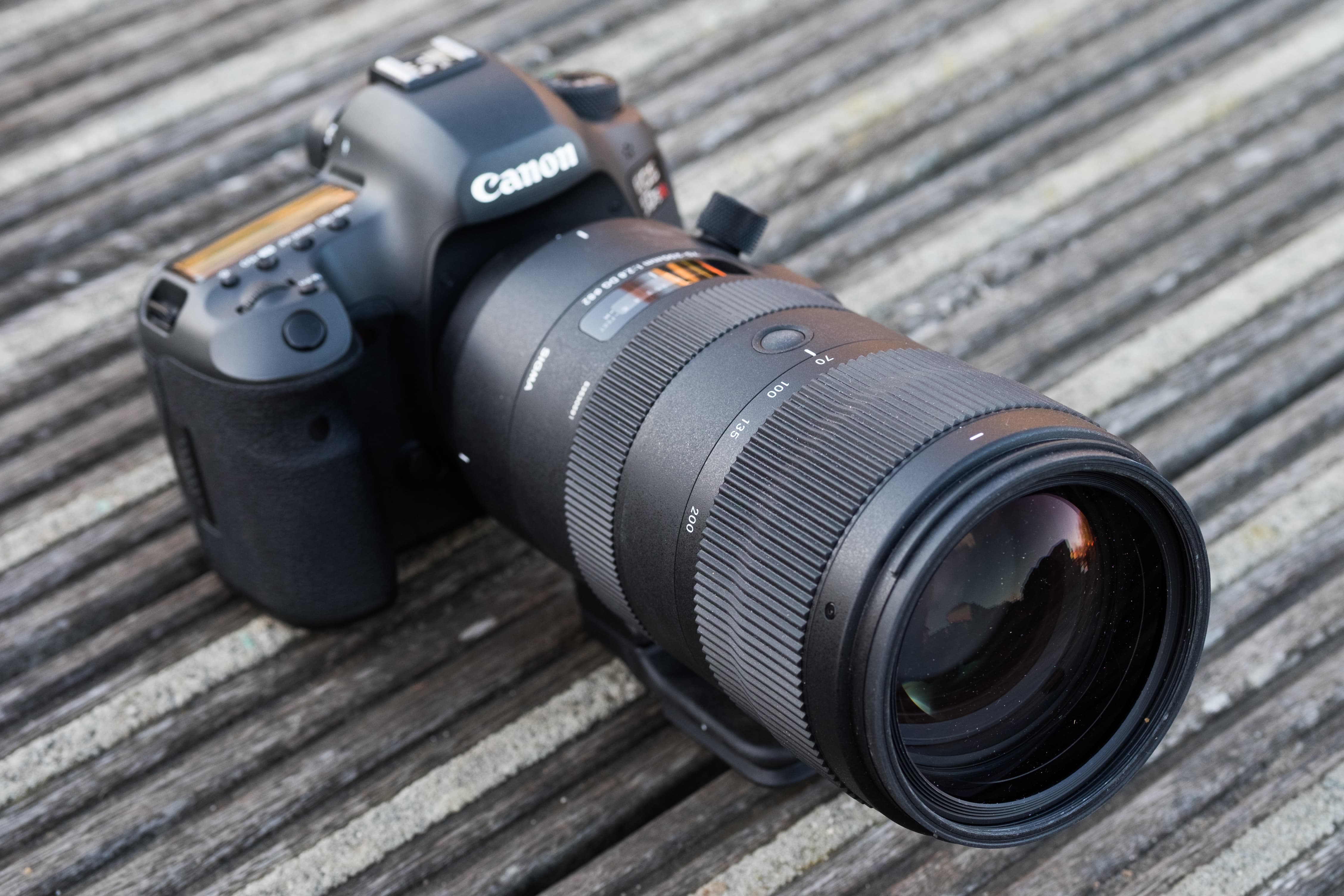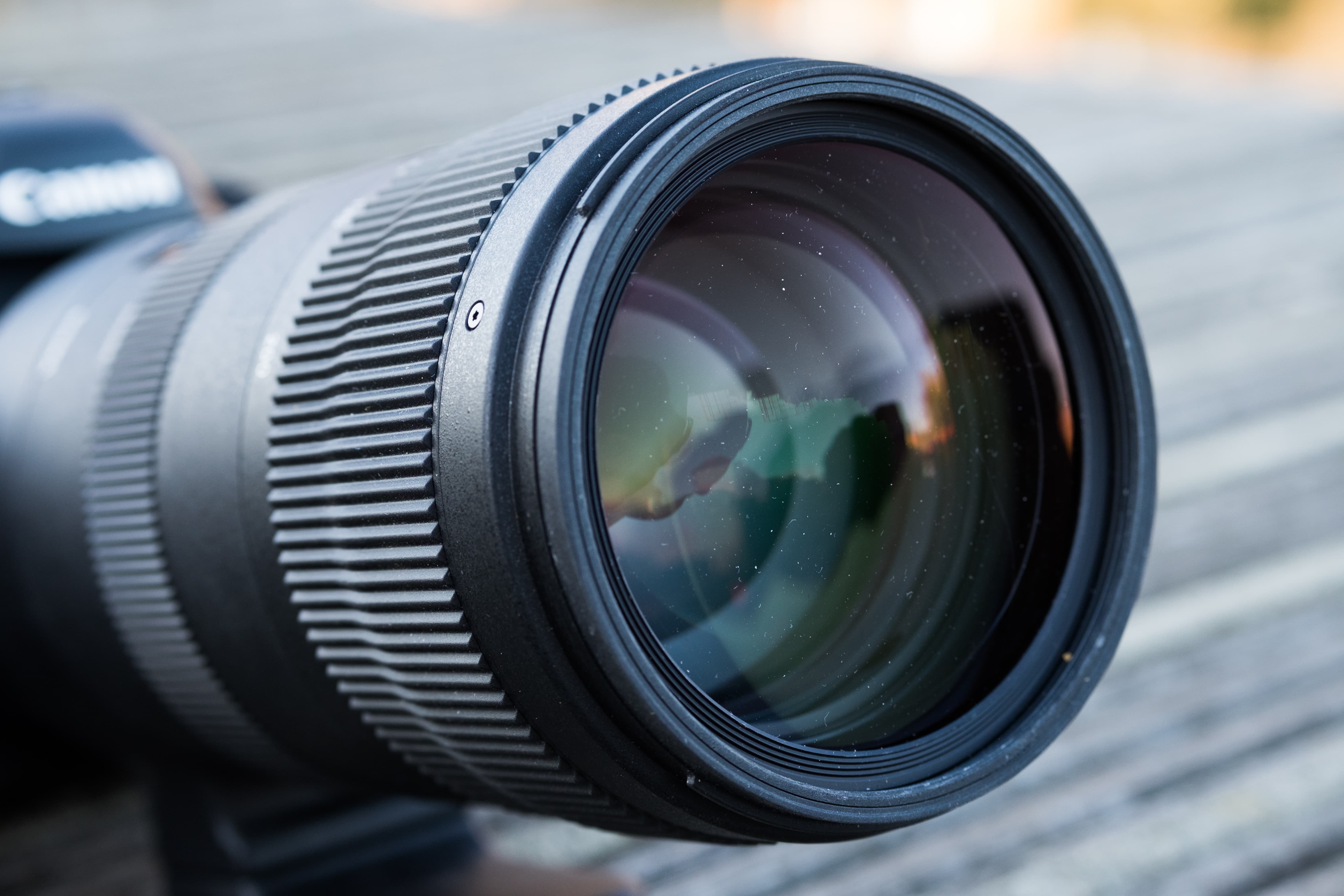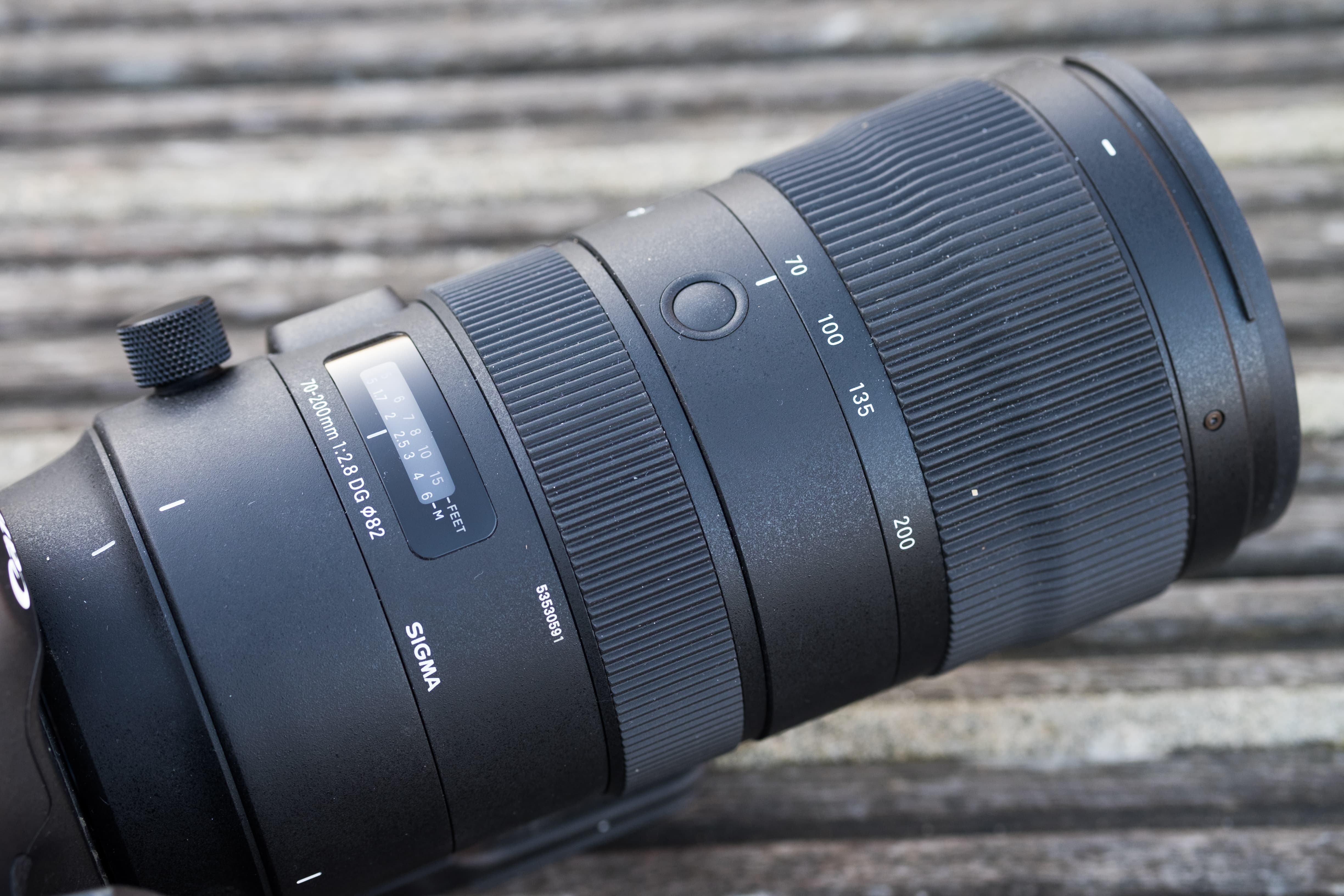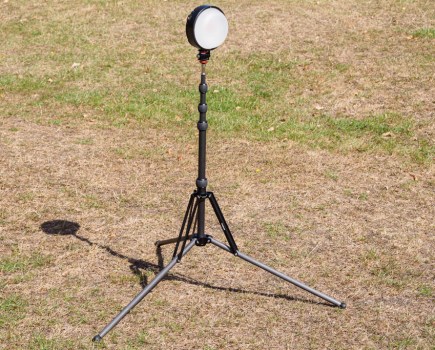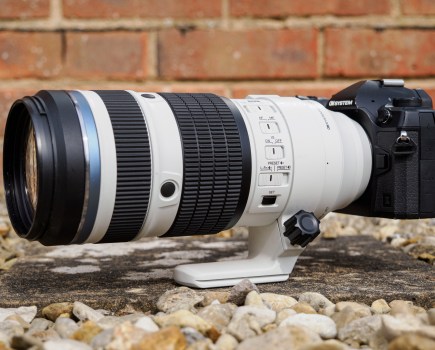The Sigma 70-200mm f/2.8 DG OS HSM Sport is one of the best lenses for Canon and other DSLRs, whether you’re looking for the best Canon EF lens, or the best Nikon F mount lens, this telephoto zoom delivers the goods, as you’ll find out in our review.
Sigma 70-200mm f/2.8 DG OS HSM Sport review: Introduction
The Sigma 70-200mm f/2.8 DG OS HSM Sport ($1457 / £1179) is a premium constant aperture telephoto zoom designed to match own-brand lenses from Canon and Nikon but at a fraction of the price. It’s one of five lens launches that marked a busy time for Sigma at the end of 2018. These include the beast of a telephoto zoom that is the 60-600mm f/4.5-6.3 DG OS HSM Sport, the insanely sharp 40mm f/1.4 DG HSM Art, the super compact 56mm f/1.4 DC DN Contemporary for Sony E-mount and Micro Four Thirds and the Sigma 28mm f/1.4 DG HSM Art for Canon and Nikon DSLRs.
The Sigma 70-200mm f/2.8 DG OS HSM Sport is a lens that has been in the offing for quite some time and is the successor to Sigma’s APO 70-200mm f/2.8 EX DG OS HSM from 2010. Like its forerunner, we’re looking at a lens that’s designed to appeal to high-end amateurs, keen enthusiasts as well as the working pro who demand a multipurpose zoom that’s well suited to a wide range of subjects and situations, from touchline sports and telephoto landscapes through to candid portraits at weddings and events.
The saving it offers
Perhaps its biggest draw is the saving it offers over its closest rivals. The Canon EF 70-200mm f/2.8 L IS III USM ($2718 / £2199) and the Nikon AF-S 70-200mm f/2.8 FL ED VR ($2965 / £2399) both cost significantly more money than the $1499 / £1179 Sigma. This version of the lens is for only Canon and Nikon DSLR owners – though those wishing to pair this lens with a Sony full-frame A7-series camera can use Sigma’s MC-11 adapter ($249 / £219), which supports both autofocus and optical stabilisation, or go for the Sigma 70-200mm F2.8 DG DN OS which has been made specifically for mirrorless cameras. You can also use a Canon EF-RF adaptor to use this lens with Canon EOS R cameras, which we did as part of our testing, so mirrorless camera owners can still benefit.
So can the Sigma 70-200mm compete on the same playing field as its own-brand Canon and Nikon equivalents and join our list of the best Nikon F lenses and best Canon EF lenses? It’s time to find out.
Sigma 70-200mm f/2.8 DG OS HSM Sport review: Features
The optical construction of the lens is features more elements in more groups than the previous version. Whereas the APO 70-200mm f/2.8 EX DG OS HSM had 22 elements in 17 groups, this new example arranges 24 elements in 22 groups with 11 diaphragm blades as opposed to nine.
As part of the design, nine FLD (‘F’ low dispersion) glass elements and one special low dispersion (SLD) element are used to curtail colour aberrations, with Sigma’s super multi-layer coating also being employed, not only to reduce flare and ghosting, but maximise sharpness and contrast when shooting directly towards the light. A water and oil-repellent coating is applied to the front and rear elements too, which prevents oil, mud and dirt sticking to the surface of the glass and makes it easier to wipe with a lens cloth and cleaning spray.
Sigma’s hypersonic motor (HSM) is used to keep focus operation fast and quiet. It has been refined since the older version, delivering extra torque and providing a more stable performance across its 120cm-infinity focus distance range.
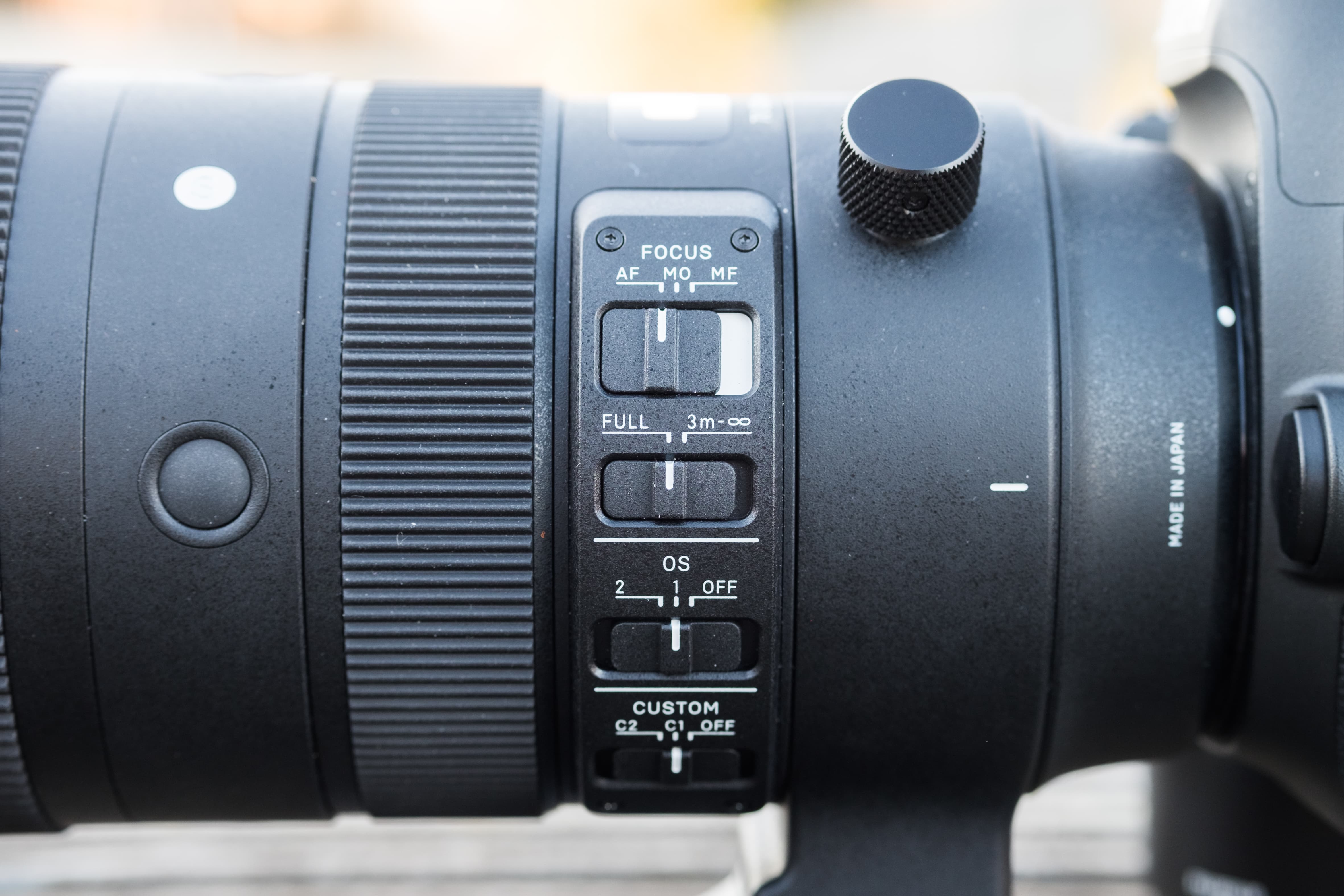
Optical image stabilisation (OIS)
The lens is also equipped with optical image stabilisation that enables users to shoot 4 stops slower than would otherwise be possible. When this is set to Mode 2 via the OS switch on the barrel, an acceleration sensor teams up with an updated stabilisation algorithm to deliver effective stabilization when the camera is moved horizontally, vertically, or diagonally, regardless of the position of the lens. If you’re not intending to pan with a moving subject, Mode 1 is the best setting to use for day-to-day general shooting.
Elsewhere, there’s a manual override (MO) option that can be used to quickly switch the lens to manual focus by rotating the focus ring even during continuous AF, it has an 82mm filter thread, plus it’s fully compatible with Sigma’s current TC-1401 and TC-2001 teleconverters, which when coupled between the camera body and lens turn it into a 98-280mm f/4 or a 140-400mm f/5.6 lens respectively.

Sigma 70-200mm f/2.8 DG OS HSM Sport review: Build & handling
The Sigma 70-200mm f/2.8 DG OS HSM Sports is an altogether larger and heavier lens than the one it replaces. The additional elements and groups contribute to it being 375g heavier and at 1.8kg on the scales it’s not a lightweight lens. The barrel is thicker and slightly longer by just over 5mm.
Compared to Sigma lenses of old, which are known for their smooth finish to the barrel and gold embellishment, this new version conforms to the look of Sigma’s latest Global Vision lenses. The bold white lettering on the mottled black paint finish has a much cleaner, high-end aesthetic. With dust and splash proof seals at the mount connection, manual focus ring, zoom ring and cover connection, it’s far better protected than its predecessor too, offering good protection against all types of weather outdoor photographers come up against.
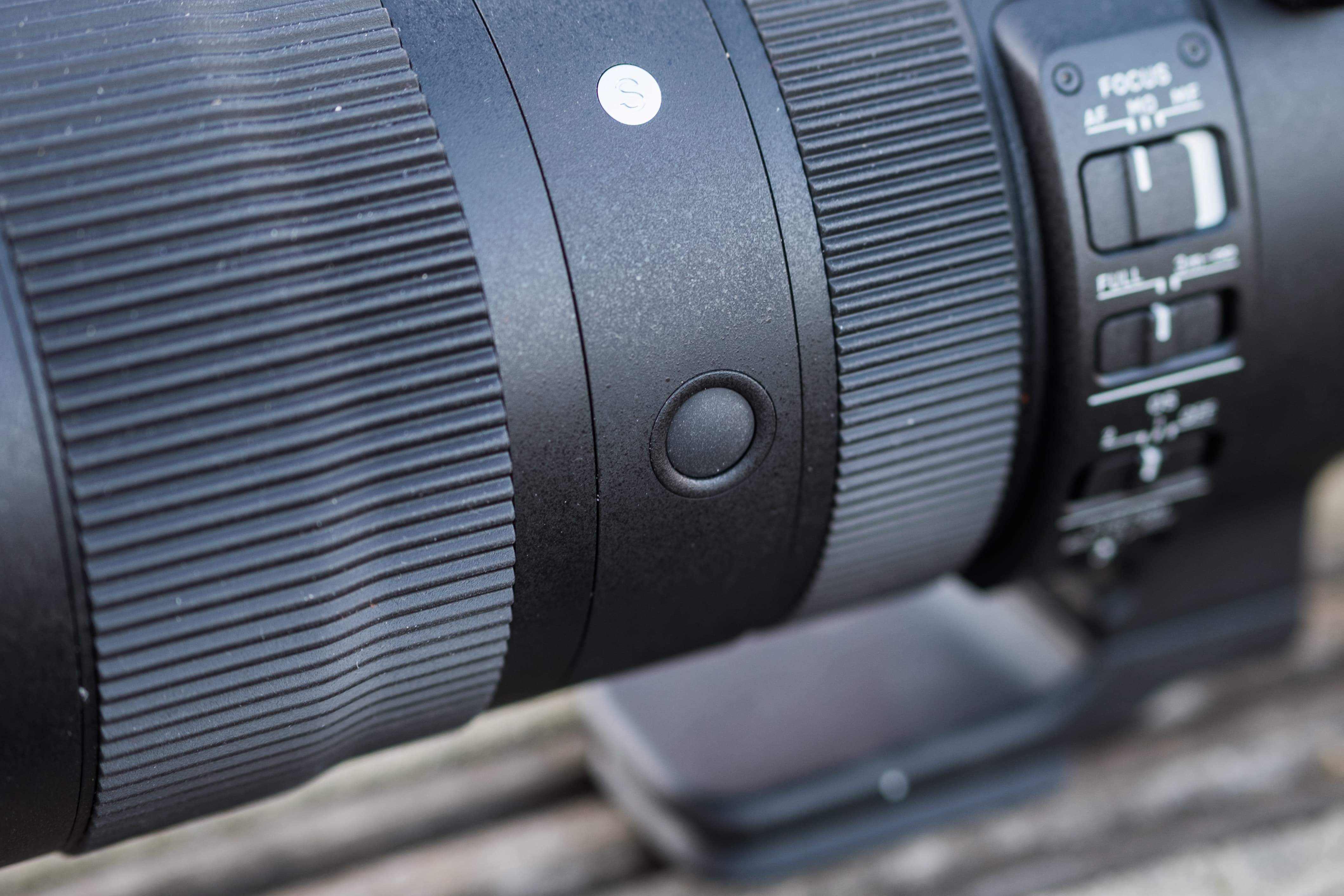
Maximum strength
The barrel is constructed from magnesium alloy to give it maximum strength and between the rubberised manual focus and zoom rings you’ll find three AF function buttons. With Sigma and Nikon mount versions of the lens, it’s possible to change the function of this button with Sigma’s USB dock device, whereas with a Canon-mount example, like our review sample that was tested with the Canon EOS 5DS R, it’s possible to change the feature of the AF function button via the camera’s custom function.
Having the option to acquire and hold autofocus directly from your left hand that’s supporting the lens makes for a highly intuitive operational experience, whether you’re shooting in the landscape or portrait orientation.
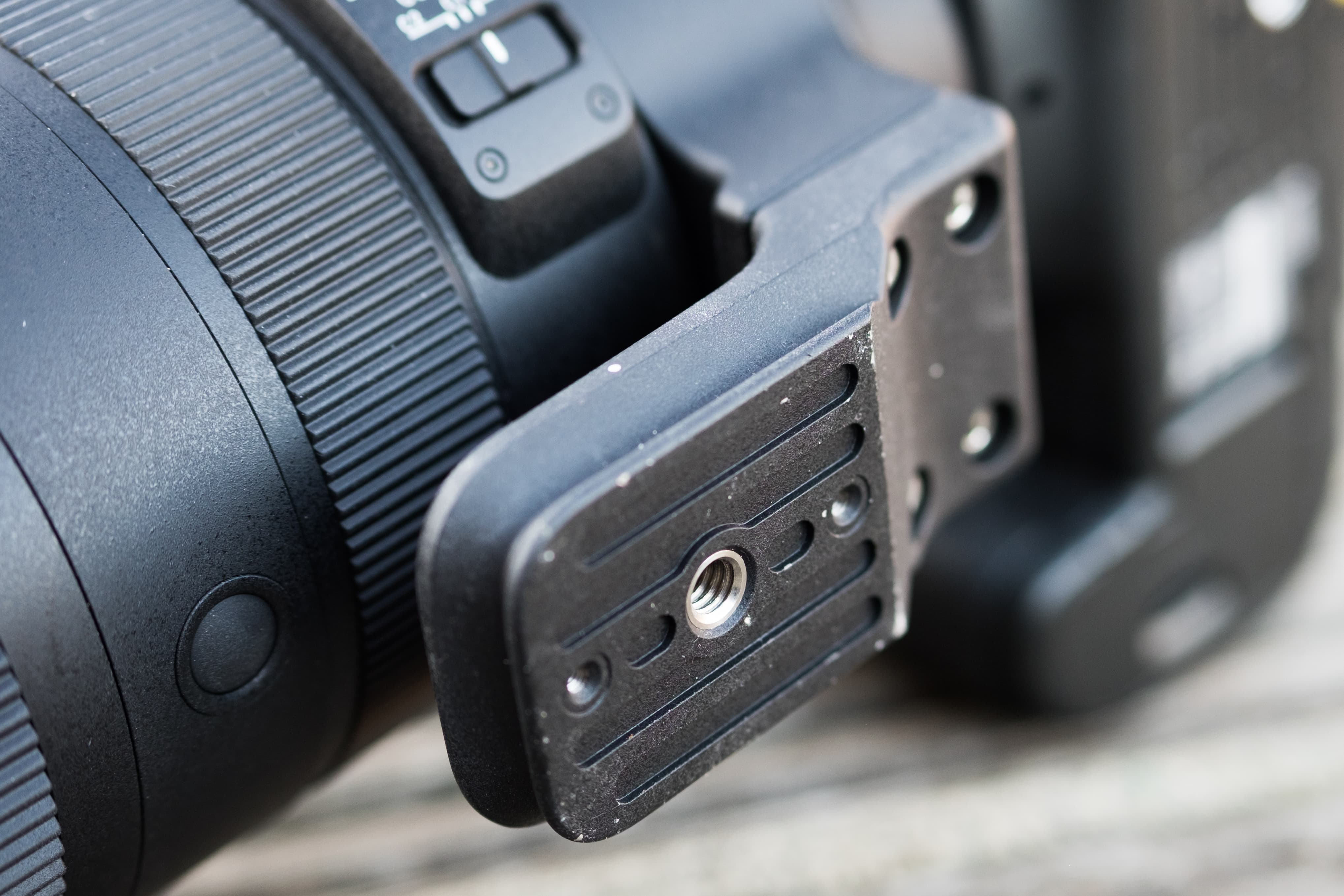
Positioned between the AF/MF and optical stabilisation switches is a focus limit switch. This can be set to FULL (1.2m to infinity) or 3m-infinity if you know your subject isn’t going to get too close and you’d like to prevent the lens focusing across its full focus distance. If you’d like to customise the focus limit range, the sensitivity for engaging full-time manual override or autofocus speed, this is easy enough to do using Sigma’s optional USB dock in connection with the C1 and C1 settings from the custom switch. As for the operation of the zoom and focus rings, both operate smoothly, with no sign of any change in resistance through their ranges.
Hood & tripod collar
The petal-shaped lens hood features a lock like that you get on the Sigma 40mm f/1.4 DG HSM Art. The soft release button is well placed for quick release using your middle finger.
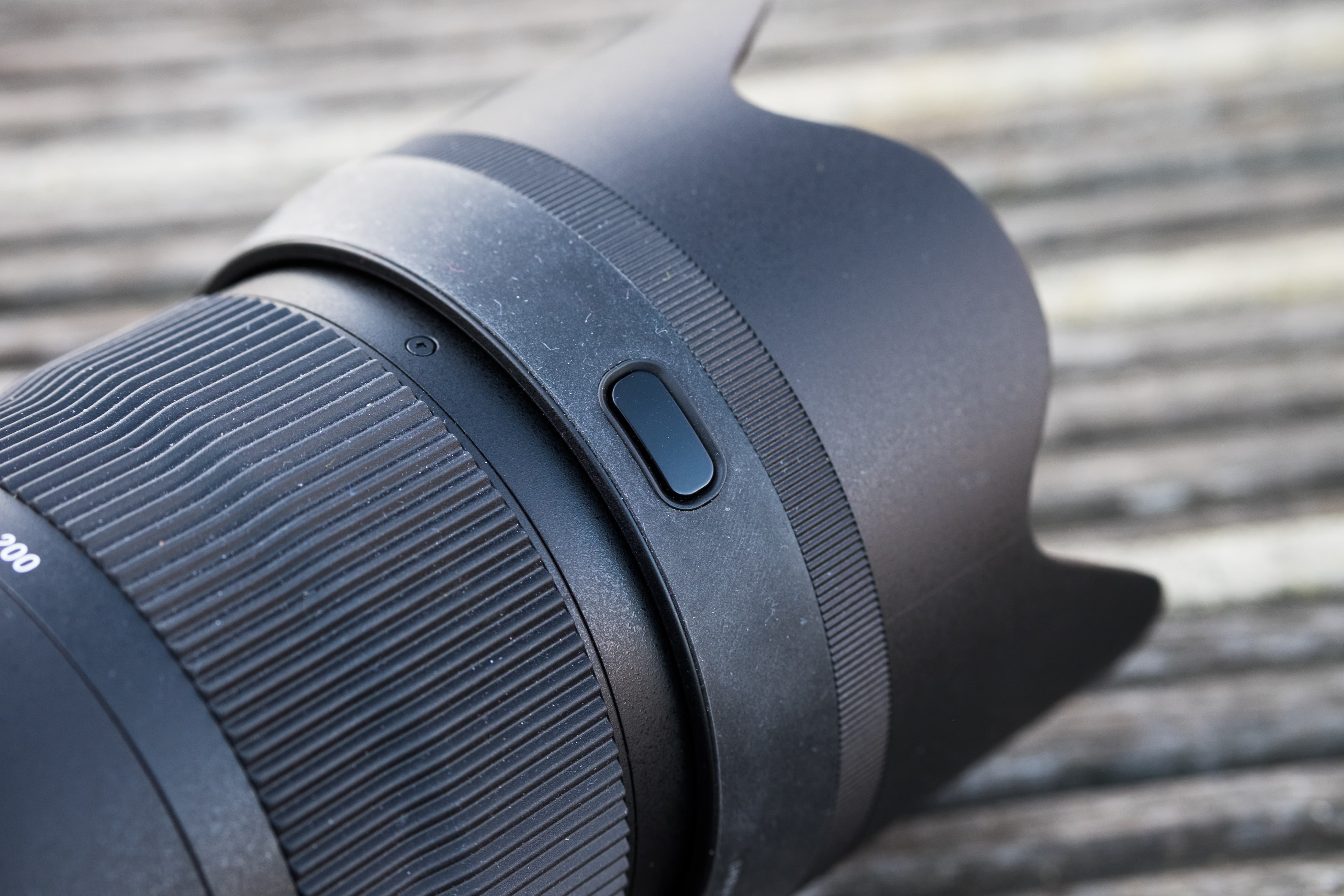
The permanently attached tripod mounting collar provides useful click stops every 90-degrees and the tripod foot offers a single 3/8in thread on its underside ready to attach a quick release plate or secure it on a monopod. If you own an Arca-Swiss tripod head, the tripod foot can be mounted directly to it without the need of a quick release plate.
In use I found the tripod foot gets in the way of operating the manual focus ring, so it’s good practice to twist it through 180 degrees. Doing so also allows you to rest the barrel more comfortably in the palm of your hand during long spells of handheld shooting.
Sigma 70-200mm f/2.8 DG OS HSM Sport review: image quality
To get a good impression of how the lens performs optically, it was used over several weeks with multiple Canon full-frame DSLRs, including the Canon EOS 5DS R, Canon EOS 5D Mark III and Canon EOS R. I should also add that the lens can be used on crop-sensor (APS-C/DX) cameras and is equivalent to a 105-300mm telephoto zoom on cameras that feature a 1.5x crop factor and 112-320mm on APS-C cameras that employ a 1.6x crop factor.
View sample images taken with the Sigma 70-200mm f/2.8 DG OS HSM Sport here:
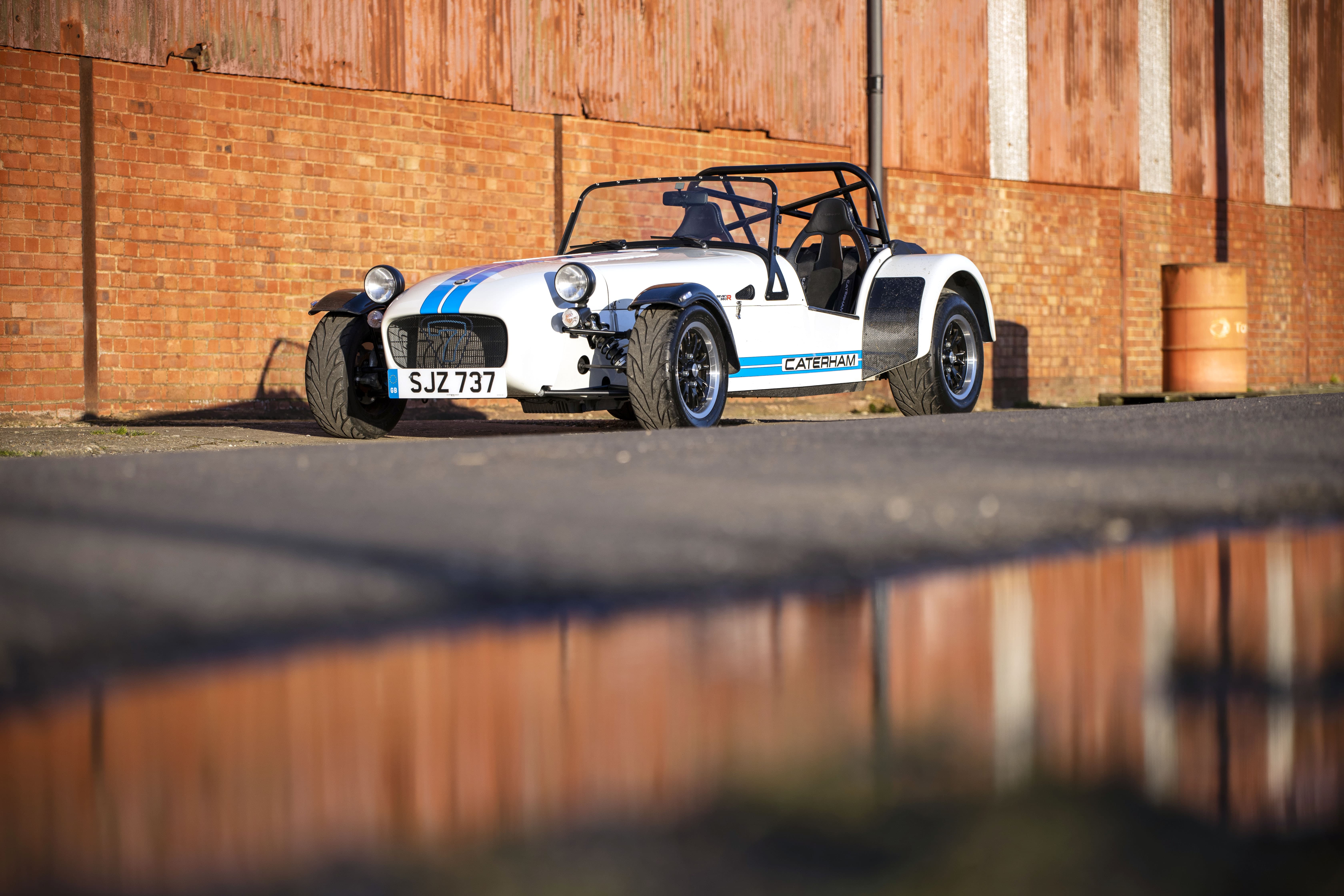
Inspecting my real world images on the computer confirmed what I was seeing on the back of the camera. It’s a lens that produces impressively sharp and attractive results. One of its key strengths is the way it controls chromatic aberrations. Colour fringing is so well handled along high-contrast edges and at the corners of the frame you won’t find yourself rushing to remove chromatic aberration during raw processing.
The fairly fast fall-off in focus when shooting at the lens’s maximum aperture at its maximum focal length also requires you to be watchful of your focus point positioning. Get it right and you’ll be rewarded with a wonderful depth to images that really makes your subject pop and stand out from their surroundings.

Studying our Image Engineering results tell us the lens resolves its sharpest results at the widest end of its focal range. Stopping the lens down to f/4 and f/5.6 sees the centre sharpness improve at all focal lengths. Edge sharpness never matches the same level of sharpness that’s resolved in the centre, and the dotted lines on our MTF graph reveals that corner sharpness, like centre sharpness, is better at the wider end of the zoom range than it is at full telephoto. You’ll also begin to notice the impact of diffraction softening overall sharpness when the lens is used at f/16 or f/22.
Vignetting is obvious when the lens is used at its maximum aperture. It’s more gradual at 200mm than it is at 70mm and users will find that this corner shading can be alleviated fairly quickly by closing the aperture by a couple of stops. The lens displays mild barrel distortion at the wide end, which turns to pincushion distortion at telephoto lengths, however this isn’t a major concern and will be an easy enough one-click fix in any software that has a suitable correction profile.
Sigma 70-200mm f/2.8 DG OS HSM Sport review: resolution, shading and curvilinear distortion
Resolution
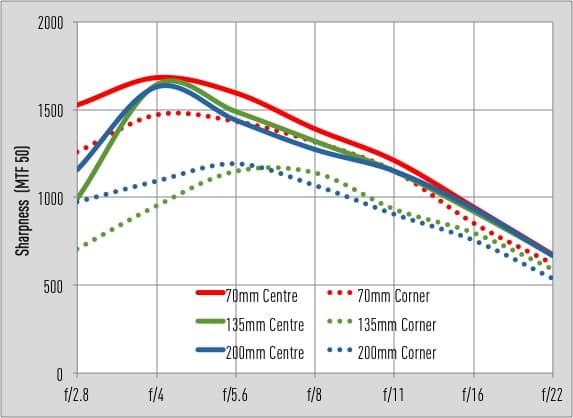
The lens delivers a strong set of MTF results from our Image Engineering tests. Centre sharpness improves at all focal lengths by stopping the lens down from its maximum aperture to f/4 and f/5.6. Sharpness holds up well at f/8 and f/11, but does starts to drop off beyond this point. The sweet spot of sharpness across the frame is found around f/5.6, with the solid and dotted red lines indicating central and corner sharpness is superior at wider focal lengths than it is at full telephoto.
Shading
There’s a drop in illumination of around 1.4 stops in the corners wide open at 200mm, but this quickly reduces to 0.6 stops by stopping down to f/4. Users will find the fall off is more gradual and less abrupt at 200mm than it is at wider focal lengths. At 70mm, corners are a stop darker than the centre of the image at f/2.8, but this reduces to just 0.5 stops at f/4. This vignetting performance is overall fairly mild as opposed to severe.
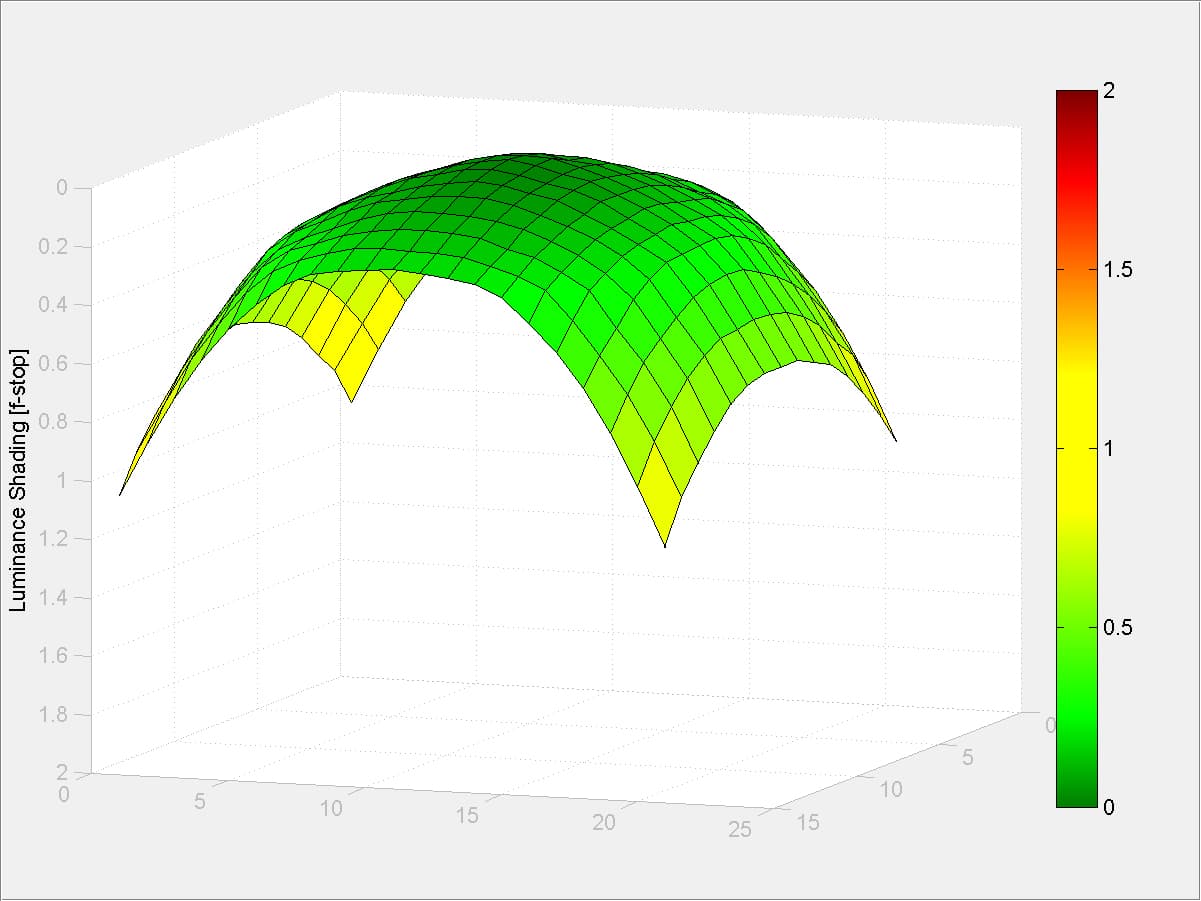
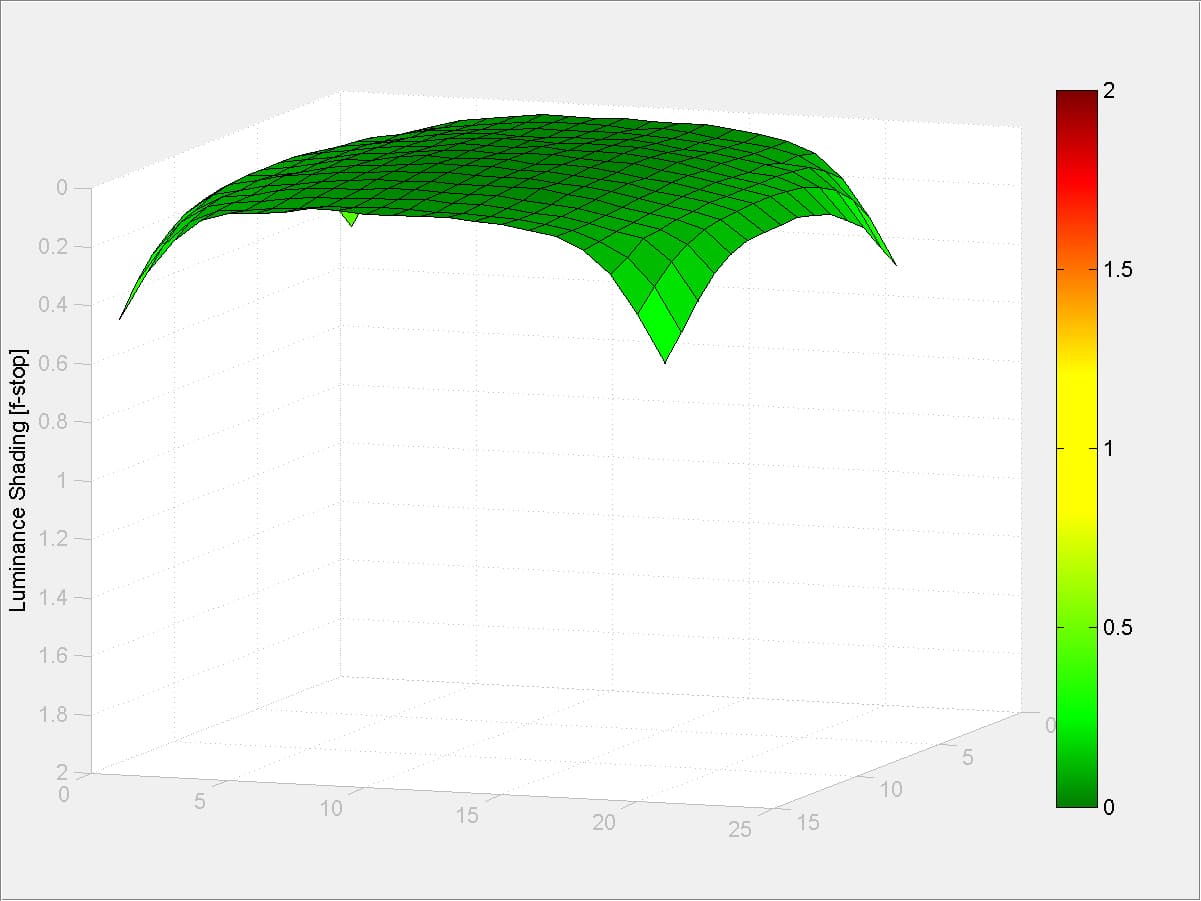
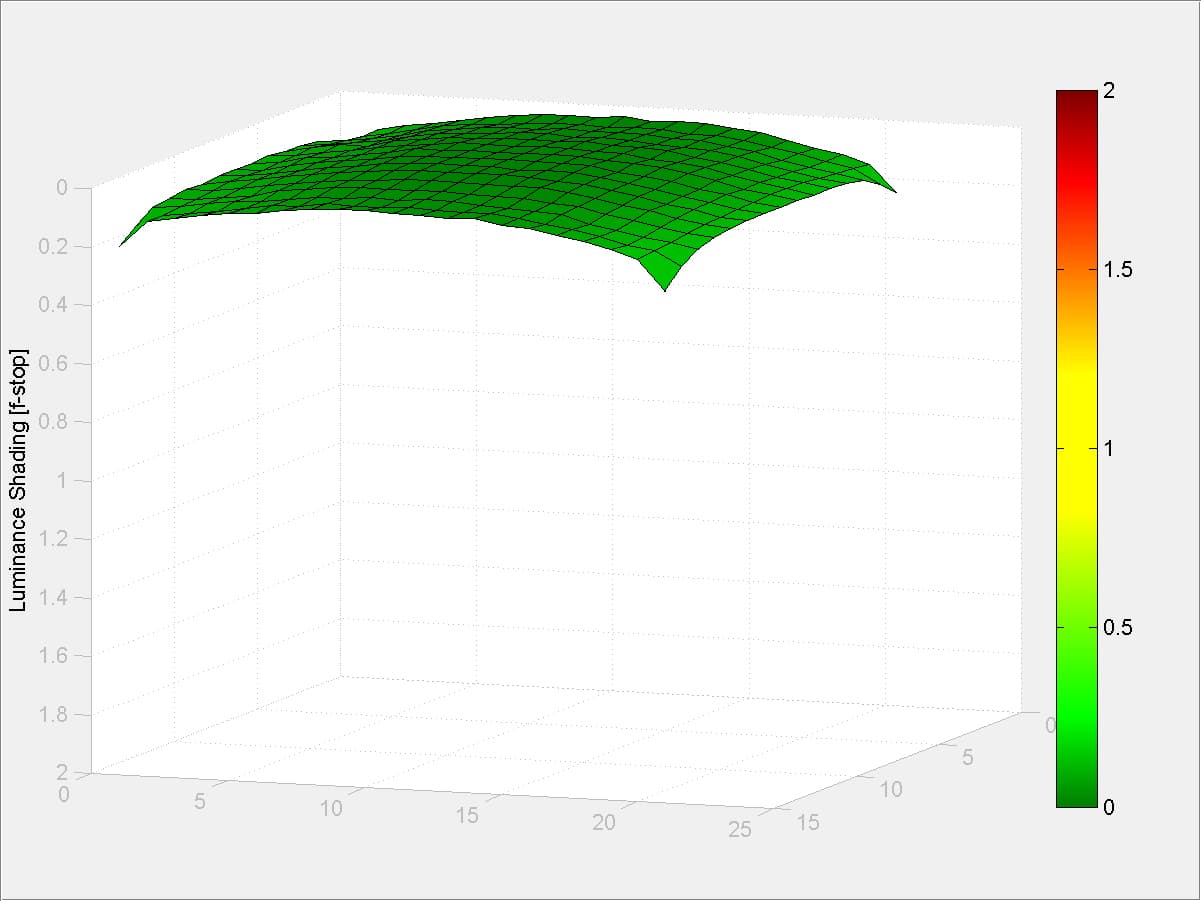

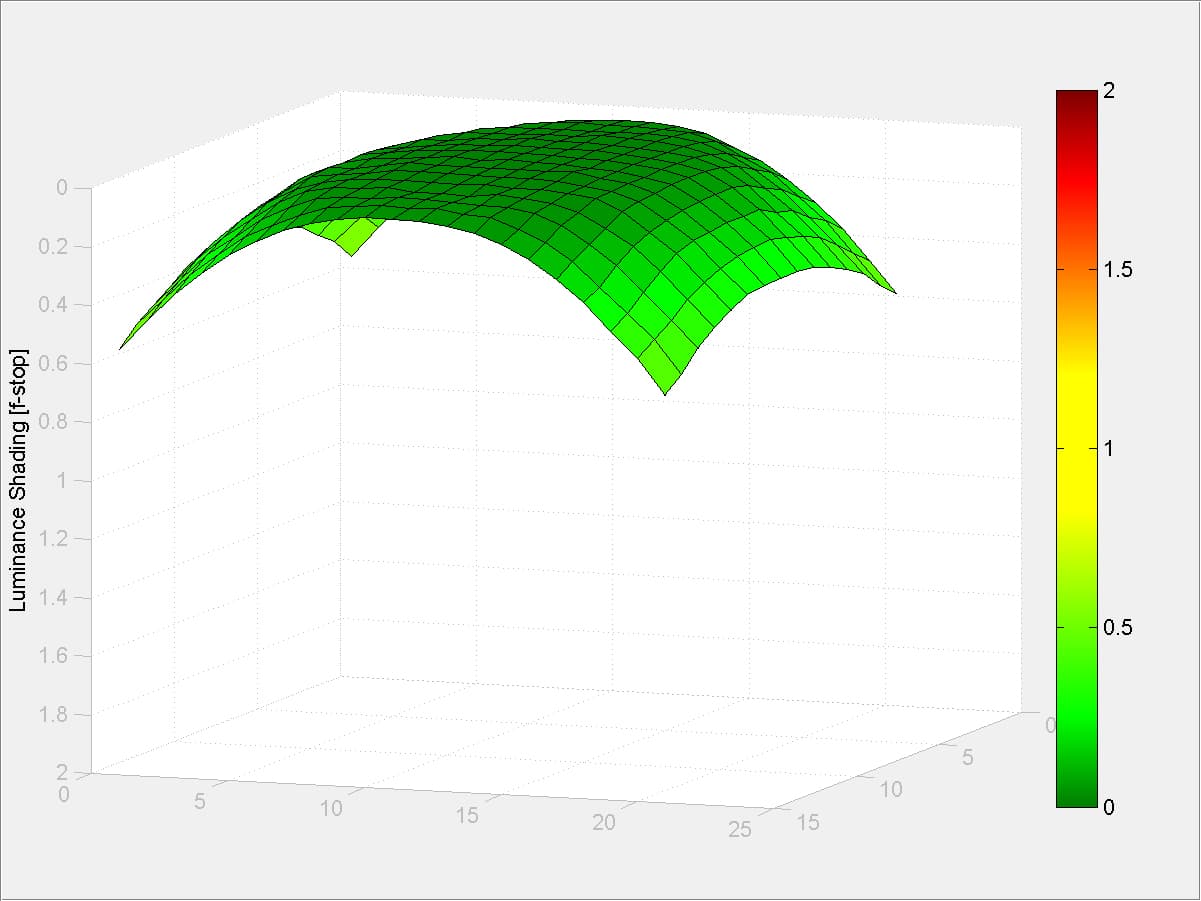
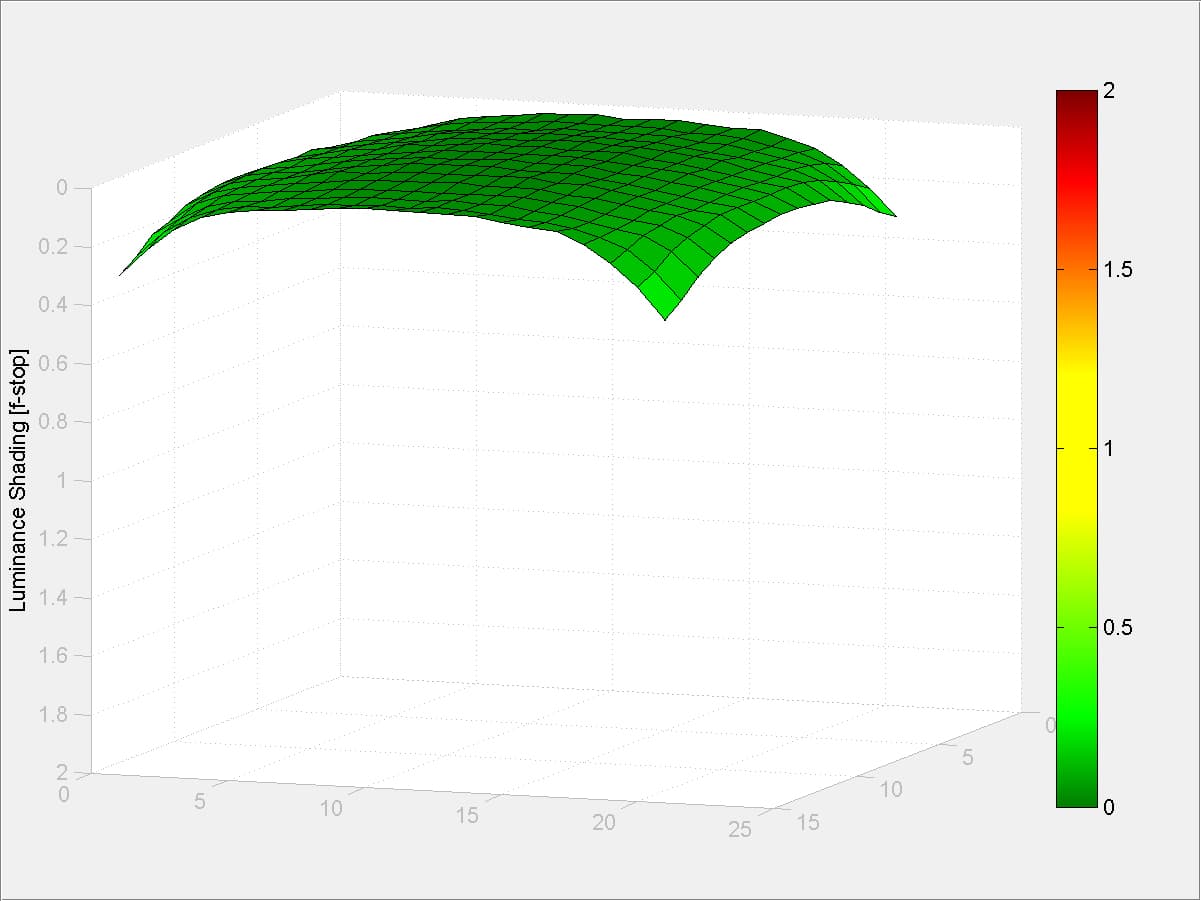
Curvilinear distortion
As is typical of telephoto zooms, the lens exhibits minor barrel distortion at 70mm, which then turns to pincushion distortion around 100mm. Like the vignetting that’s produced at wide apertures, the level of curvilinear distortion isn’t a major concern about and is unlikely to be an issue for the majority of subjects this lens will be used for. If you’d like to produce distortion-free images, this is easy enough to correct for by shooting in raw and taking advantage of profiled lens corrections.



Sigma 70-200mm f/2.8 DG OS HSM Sport review: Verdict
It took a while for Sigma to get around to manufacturing a new fast telephoto zoom covering the 70-200mm focal length. Those who’ve been patiently waiting to see what might replace Sigma’s APO 70-200mm f/2.8 EX DG OS HSM will be pleased to hear that this new addition in the Sport series lens has been well worth the wait. Mirrorless owners will have to use an adaptor with this lens, however, and could face another wait for Sigma to produce a truly mirrorless version.

A premium, pro-spec feel
We’re looking at a lens that improves on its predecessor in some key areas. Serious enthusiasts and professionals will love that it’s now a weather-sealed optic for when outdoor conditions are against them, and the three AF function buttons around the barrel give it an advantage over the Tamron SP 70-200mm f/2.8 Di VC USD G2 – a lens that does offer benefits of its own being some 300g lighter and cheaper. Out of the two though I must say the build quality of this Sigma zoom trumps its Tamron rival, with more of a premium, pro-spec feel to it.

The effective image stabilisation, fast autofocus and excellent image quality, not forgetting its impressive sharpness at wide apertures and excellent handling of chromatic aberrations, all combine to make it an extremely appealing fast telephoto zoom. There are lighter 70-200mm f/2.8 lenses out there, but if you can put up with carrying a bit more weight over your shoulder you’ll get a solid and robust performer at great value in return.

For more options have a look at the best Canon EF-mount lenses, or take a look at the best zoom lenses for Canon.
Specifications:
| Lens mount | Canon EF, Nikon F, Sigma |
| Filter diameter | 82mm |
| Lens elements | 24 |
| Lens Groups | 22 |
| Maximum aperture | f/2.8 |
| Minimum aperture | f/22 |
| Minimum focus distance | 120cm |
| Dimensions | 94.2×202.9mm |
| Weight | 1.8kg |
| Included accessories | Lens cap, rear cap, lens hood, lens case |

